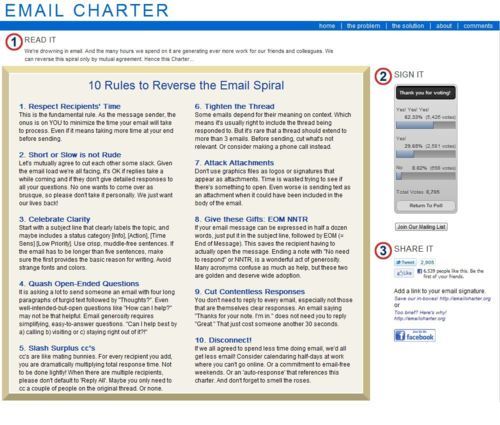Needs must come first…
There’s a transformation going on in many organisations. The focus is less on conventional wisdom and more on what’s actually needed to achieve targets, objectives or need.
New initiatives should always be driven by need. User needs are driven by aspirations, desires and previous experience in situations people find themselves in. In a well functioning organisation needs should stem from personal or team objectives that align with organisational purpose. Overall flow should look like one below.

Still I’m regularly asked “Do you know a tool we could use to do this?”. Default response is to “quantify and define your business problem, and state it clearly”. This is the business analysis phase where business needs to understand their problem, or what they believe is a problem. This is also a point where people often need help form an outsider who is not aware of all the intricacies of the situation or need and thus are not dismissing various options.

Many seasoned professionals tend to stick to tools or vendors they’ve used in the past rather than looking out to market for the most appropriate tool or service that meets their needs. This, however, expects needs and drivers to be identified, listed and weighted against each other, and existing tools – again, what’s your business problem? Is there perhaps a tool in the organisation that will already met this need? Will it meet 75-80% of your must-have’s and the rest can be done using something else? does this tool need to meet 100% of your need? Are you clear on your need?
Concentrating on user needs gives organisation ability to understand its current capabilities and will potentially highlight training needs.
Focusing on existing tooling limits the choice before it’s clear what drives the user need.
On purpose.
How often do we ask ourselves or others – why are we here? What’s the purpose of this organisation, working group or project? Do we understand this or were we asked to be part of it? Have we worked out the problem(s) we are looking to deal with? Do we have terms of reference agreed?
Purpose is a tricky subject and many I speak to are mildly confused about it. How my output contributes to the cause of this organisation?

I think these are fundamental questions people who make up an organisation need to ask themselves. This sometimes happens naturally, especially during the economic downturns or when people feel stuck. In an ideal situation this should take place during the good times – then this is something to hang onto when things go south.
Processes and visibility
When organisations mature business processes are being drawn up to govern the flow of work. It’s important that those processes are reusable by different parts of the organisation, succinct and easy to understand. Often (if not always) it’s also useful to visualise the business process. People process information differently and pictorials help a lot. However it doesn’t help to discover process works against everyone involved.

In mature organisations the process flows often get muddled and people don’t really see at which stage things are. Is it with me or some other party? Who is responsible for this piece of work? Who needs to do what to progress it to the next level?
This is where business process management comes in. If you are interested to find out how to align your initiatives organisational purpose, get in touch.



